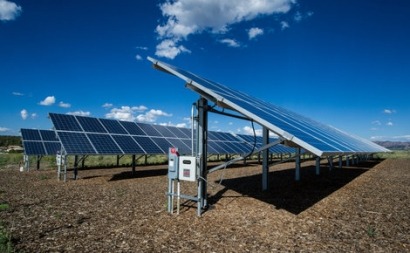
The plant will be the largest of its kind in Central Asia, according to ADB President Takehiko Nakao, speaking during the 6th meeting of the Asia Solar Energy Forum in Tashkent. The Samarkand Solar Power Project is intended to help the country address power outages, diversify its energy sources and cut greenhouse gas emissions.
In addition, the project will provide training and support to Uzbekenergo, the state joint stock company, in order to manage the plant and other solar facilities. ADB will provide loan-based finance from its Asian Development Fund with counterpart financing of $200 million extended by Uzbekistan’s Fund for Reconstruction and Development and Uzbekenergo.
At present, nearly 90 percent of Uzbekistan’s power is generated from fossil fuel-based plants which require major investment to replace or upgrade. The ageing power network also suffers from high losses and in some areas the supply-demand gap has become acute. Uzbekistan benefits from a high solar irradiance which the new plant will exploit through the use of state-of-the-art solar PV technology.
“Uzbekistan has a large land mass, plenty of sunshine, and the highly skilled and educated human resources needed to become a major player in solar energy development in this region” Mr Nakao said.
The government of Uzbekistan is aiming to generate around 21 percent of all its energy needs from renewable sources, including solar, by 2031. It is also hoping to become the regions solar energy knowledge and technology hub with the assistance of the International Solar Energy Institute. The Samarkand project is scheduled for completion in March 2019.
For additional information:

